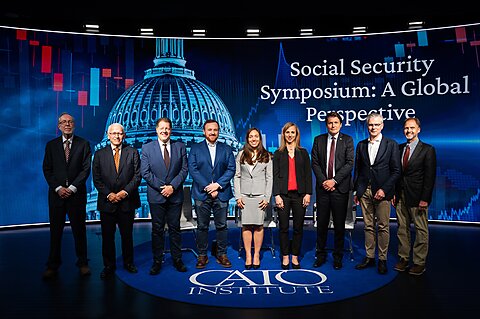Last week, Representative Sam Graves (R‑MO) and Senator Ted Cruz (R‑TX) sent a letter to Transportation Secretary Pete Buttigieg asking some pointed questions about the California High‐Speed Rail project, which continues to absorb billions in federal funds without producing meaningful results. If the secretary fully responds to this congressional inquiry, the public will have a much better understanding of this troubled project.
The letter could be followed by a congressional hearing because Representative Graves is the chair of the Committee on Transportation and Infrastructure. Senator Cruz is the Ranking Member of the Committee on Commerce, Science, and Transportation.
Today, the California High‐Speed Rail Authority continues construction work in the state’s Central Valley although it does not have sufficient funding to link the inland cities of Merced and Bakersfield, let alone build the full line which was supposed to connect San Francisco, Los Angeles, and Anaheim. Today, the prospect of speeding from the Golden Gate to the Magic Kingdom on a 220‐mph train is about as fantastical as anything creators at Disney could imagine.
The state and federal governments continue to provide enough money to keep the project going without providing a path to completion. The strategy appears to be one of keeping the project alive in hopes that Congress and/or California taxpayers will provide a new financial windfall that will get the project to the finish line.
This is problematic for those outside California who want funding for their transportation projects. The 2021 Infrastructure Investment and Jobs Act provides a finite amount of funds for projects nationally, so money “invested” (or perhaps squandered) on the California high‐speed dream is unavailable for projects elsewhere. Because Amtrak and rail agencies in other states are seeking federal funds, their projects are probably also uneconomic, but perhaps less wasteful given California’s high construction costs, stagnant population, and politicized planning process.
One question Graves and Cruz are focusing on is ridership on the Merced to Bakersfield segment, if and when it is completed in the early 2030s. These cities are already served by intercity rail via Amtrak’s San Joaquins service. Replacing the relatively slow Amtrak service with 171 miles of high‐speed rail would undoubtedly attract some new riders. But because Central Valley cities lack highly concentrated downtowns and dense local transit networks, one wonders how many travelers will ditch their cars to save 60–90 minutes of travel time on the train.
In its 2023 Project Update Report (on page 32), the Authority estimated that 2.3 million riders would use the new segment annually once it is up and running, A more detailed ridership forecast published earlier this year does not update this figure and instead provides ridership estimates for a network of bus and rail services intended to link Silicon Valley and the Central Valley when the high‐speed rail service starts. Hopefully, stepped‐up congressional attention will unlock the data needed to better understand and audit the Authority’s ridership numbers.









